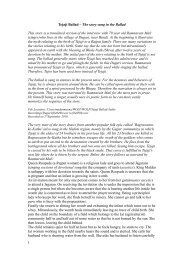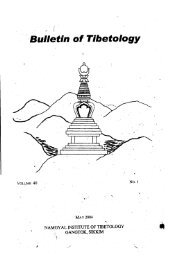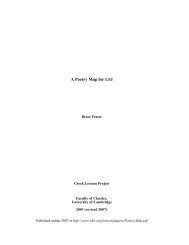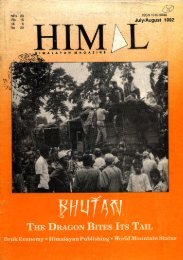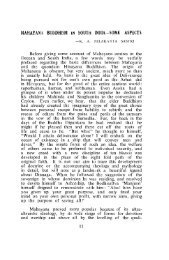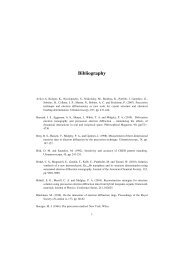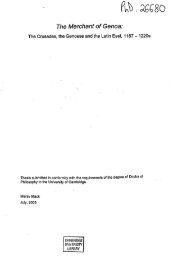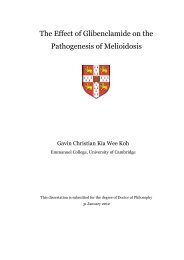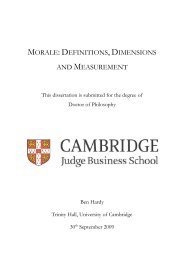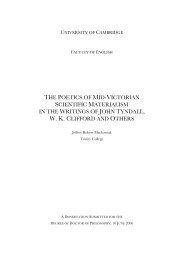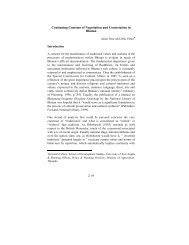Sahasra Buddha
Sahasra Buddha
Sahasra Buddha
Create successful ePaper yourself
Turn your PDF publications into a flip-book with our unique Google optimized e-Paper software.
SAHASRA BUDDHA<br />
N irmal C. Sinha<br />
The only image pennitted in Theravada temples is that of the historical<br />
<strong>Buddha</strong>, Gautama Sakya Muni. In Mahayana temple$-in the Himalayas,<br />
Tibet and Mongolia-besides the historical <strong>Buddha</strong> designated simply<br />
<strong>Buddha</strong> (T. Sangay) or Sakya Muni cr. Sakya-Thubpa), there would be many<br />
images ranging from Three to Thousand according to size and resources of<br />
temple or monastery concerned, <strong>Sahasra</strong><strong>Buddha</strong>(T. Sangay T ongda) was no<br />
doubt the ideal count by 9th century A.D. when Mahayana pantheon was<br />
sculptured and painted in Samye (Central Tibet) and Tun Huang (northern<br />
outpost of ancient Tibetan empire). Sanskrit-Tibetan Lexicon<br />
Mahavyutpatti (Circa 820 A.D.) testifies to the usage of<strong>Sahasra</strong><strong>Buddha</strong>as<br />
then current. In BhadraJcalpa Sutra, now aVi!lilable only in Tibetan<br />
translation, the number recorded is 1000.<br />
The figures are those of <strong>Buddha</strong>s and Bodhisattvas, historical ar. J<br />
legendary, besides the Goddesses. Figures of patrons and protectors of<br />
Dharma would be. permissible in paintings and iconography as such<br />
persons no doubt had taken the Refuge in Dharma (T.Cho) and believers<br />
would admire them if not adore them as Bodhisattvas cr. Changchub<br />
Sempa).<br />
Since Dharmaraja cr. Chogyal) was Bodhisattva par-excellence and<br />
Asoka Maurya was the first and greatest Dharmaraja, Mahayana ')(lntheon<br />
had a place of high honour for Asoka. FollOWing the Indian tradition the first<br />
and greatest Chogyal of Tibet, Song-tsen Gampo was apotheosised.<br />
Mahayana was preached by Nagarjuna a contemporary of the Kushanas in<br />
North India and the Sotavahanas in South India. This preaching by<br />
Nagarjuna was described by Mahayana believers as Second Turning of the<br />
Wheel of Law and Nagarjuna was in Mahayana tradition the Second<br />
<strong>Buddha</strong>. Nagarjuna and the Mahayana exponents like Aryadeva, Asanga,<br />
Vasubandhu, Dignaga and Dharmakirti were thus placed high in Mahayana<br />
pantheon. In Tibetan tradition Guru Padmasambhava, Atisa Dipankara and<br />
Tibetan saints like Marpa and Tsongkhapa were included in the pantheon<br />
and placed as high as Gautama <strong>Buddha</strong> or Nagarjuna, In fact a Guru like<br />
Padmasambhava or Tsongkhapa would dominate the gallery of icons orthe<br />
In Romtln transcription diacritical marks for Sanskrit and Tibetan word8an) omllted, exceptior<br />
quotes from other writers. SC]lskrit word8 an) spelt thus: TathaQata (for TathliQata). Aaokll (for<br />
Asoka) or Nirmanakllya (for Nimuma!t5ya). Tibetan words are transcribed as pronounced thus:<br />
Lama (Blama), SanQay (for SanQS-n;yas) or Chcqyal (for Chhos-rQYlll).<br />
5
Sanskrit and PaU Texts Cited<br />
12
DHARMAKAYA AMIT ABHA<br />
14<br />
,
SAMBHOGAKAYA AVAUJ
NIRMANAKAYA SI\KY AM.JNI<br />
16
PADMASAMBHAVA<br />
17
MIlAREPA<br />
19
TUNG SHA<br />
Thirtyfive <strong>Buddha</strong>s who receive confession
GAUTAMA SAKYAMUNI & OTHER BUDDHAS<br />
including celestial <strong>Buddha</strong>s<br />
Bodhisattvas and Master Exponents
TSHOG ZHING<br />
Assembly of <strong>Buddha</strong>s: Tsongkhapa in centre
SIPA'I KHORLO<br />
Wheel of Life depicting six worlds of existence



